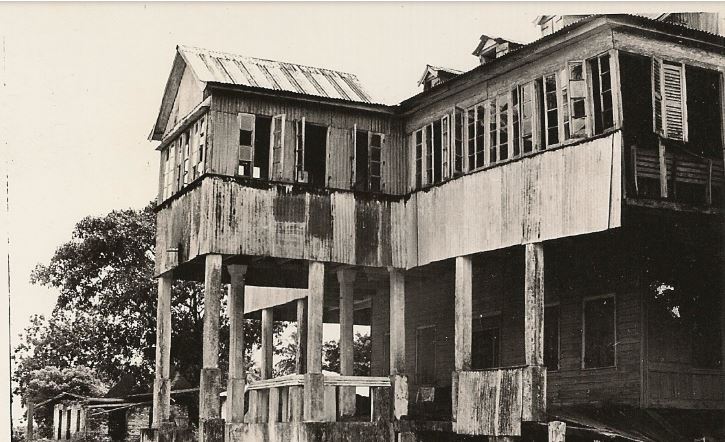
Short History About US
The founders of Arthington went over in four main groups, from Bertie County, North Carolina, York County, South Carolina, and Lowndes County, Georgia. They made this enormous leap of faith, to leave their lives in their native land and start new ones in what to many of them was a strange land, for many reasons. One reason was the long-held desire on the part of some enslaved Africans in the Americas, to “return” to “our father country,” as ALONZO HOGGARD described their new home in a letter to friends and sponsors in the States after their arrival. But another reason was the growing backlash against Reconstruction in the south, as the Klan emerged and racial oppression intensified.
